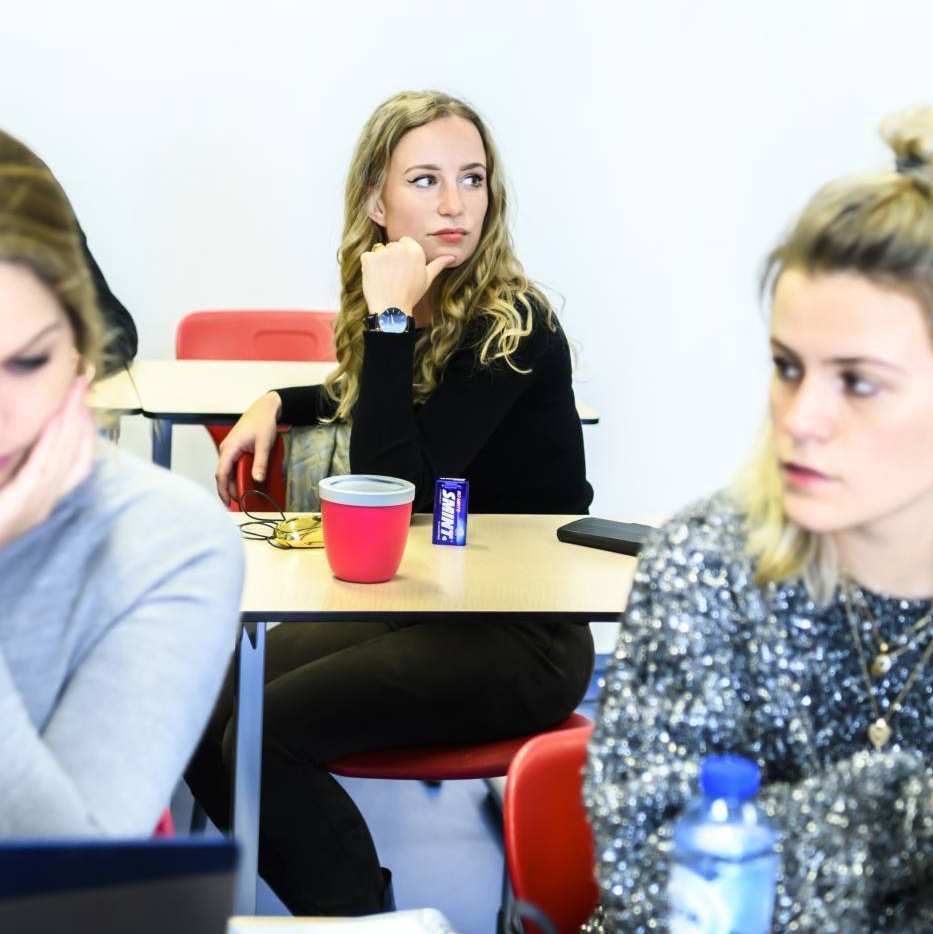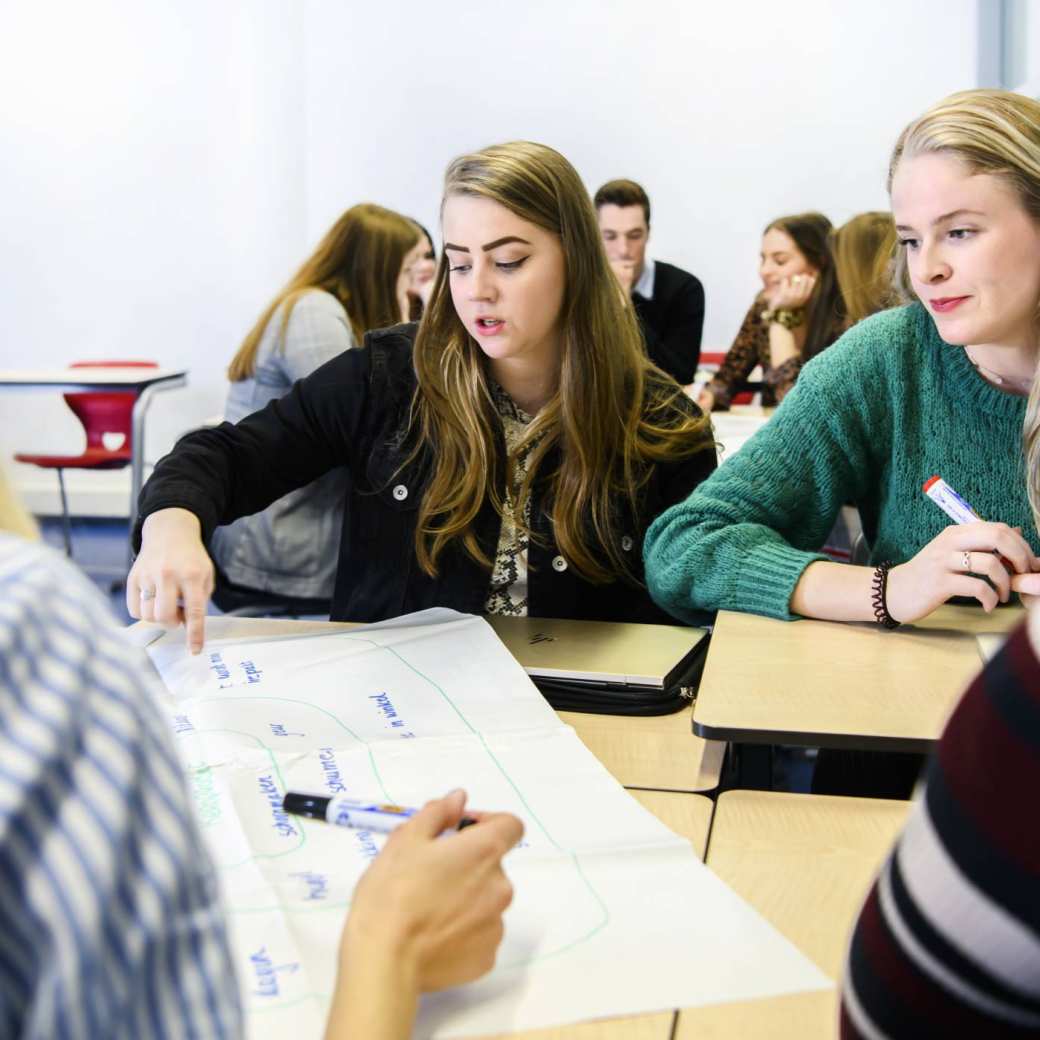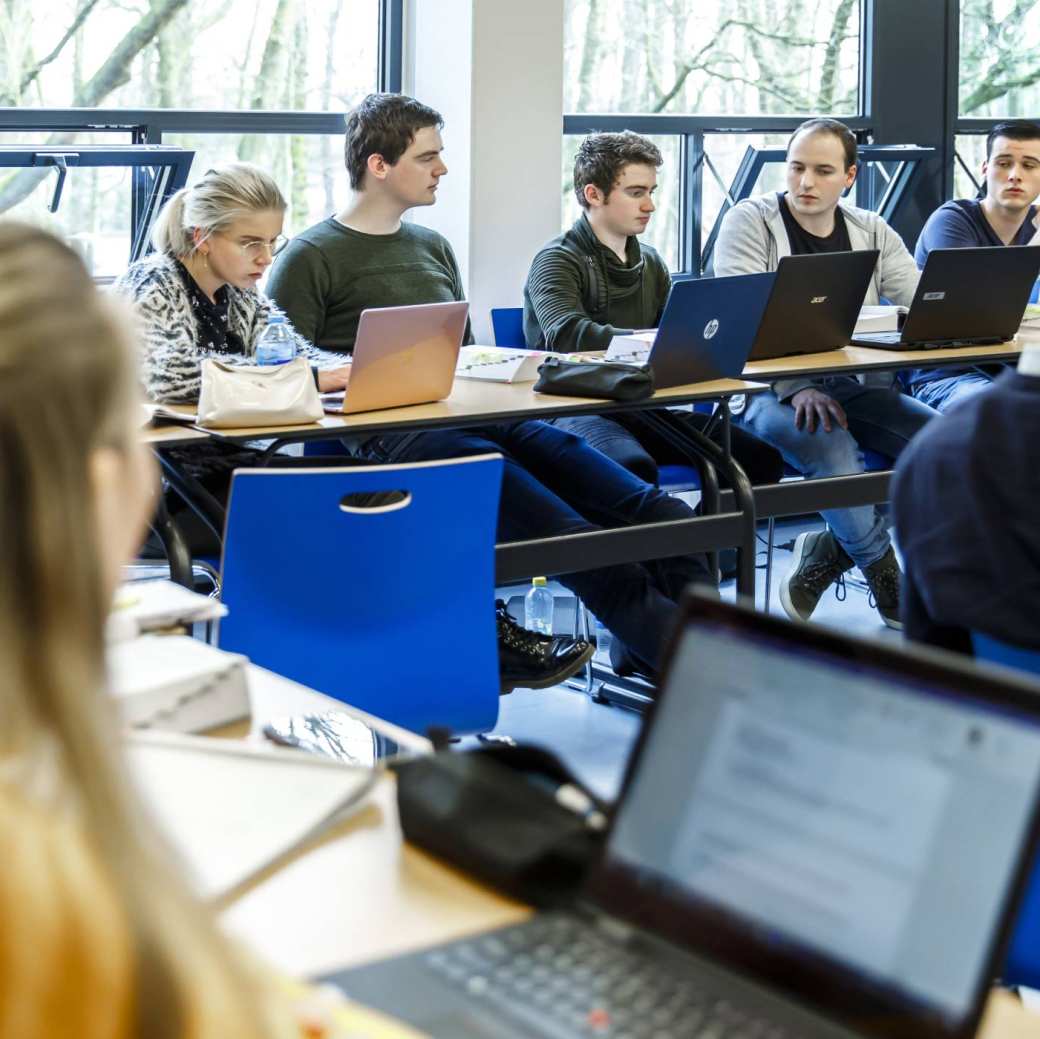Powertrain
Here, you learn to analyze the load process. Design creatively. Use construction principles. Mechatronics. Systems and control engineering. All the info and study you need to build and design a sturdy powertrain. And more!

The program in a nutshell
This is a mostly at-home study program. Offered once a year in a block – September to January. You go to class about two times per week. The total study load is 800 hours: around 300 hours in lessons. And 500 hours for project work and independent study. A final project is due at the end of the program.
You form a small design team with some of your classmates. Your team is commissioned by an external client to (re)design the powertrain of a machine or vehicle. You consult with the client throughout the design project. And put your new knowledge and the expertise of the lecturers to good use.

Program details
Learning outcomes
This report shows what you’ve learned by the end of the program. Having completed the Powertrain program you can:
- describe the load process in an analytical manner
- design a powertrain for dynamically loaded mobile constructions
- select, model, define dimensions for a suitable energy source and powertrain
- work fluidly in an international, multidisciplinary team
- clarify your vision and ideas to others

Competences
You strengthen these competence areas during the program:
- Knowledge development
- Analyzing, defending designs and constructions
- Collaborating in a multidisciplinary team
- Working professionally in an international team

Dutch way of learning
The atmosphere in a Dutch classroom is quite informal and your lecturers are easy to talk to. In fact, at HAN you’re seen as a partner in the learning process. Class sizes are small and your lecturers encourage you to actively participate in class. To ask questions and give your own opinion. They also stimulate you to be creative and to discover things for yourself.

HAN International Intro
Get a good start to your studies during this week of orientation:
- learn about living in the Netherlands
- become familiar with the campus
- get on board with your exchange program
- make new friends!

What about credits and grading?
At HAN we use the European Credit Transfer and Accumulation System, or ECTS. It’s the standard credit system used in higher education across Europe. How does it work? One credit = 28 hours of study. Think of contact hours. Time spent working on assignments. Preparing for exams.
One semester = 30 credits = 840 hours of study. To earn credits, you need to pass your exams. What counts as a pass? A grade of at least 5.5.

Admission
What are the admission requirements? And how do I apply?
